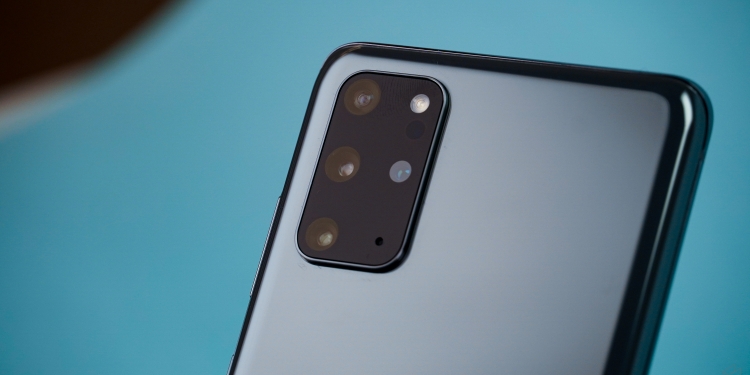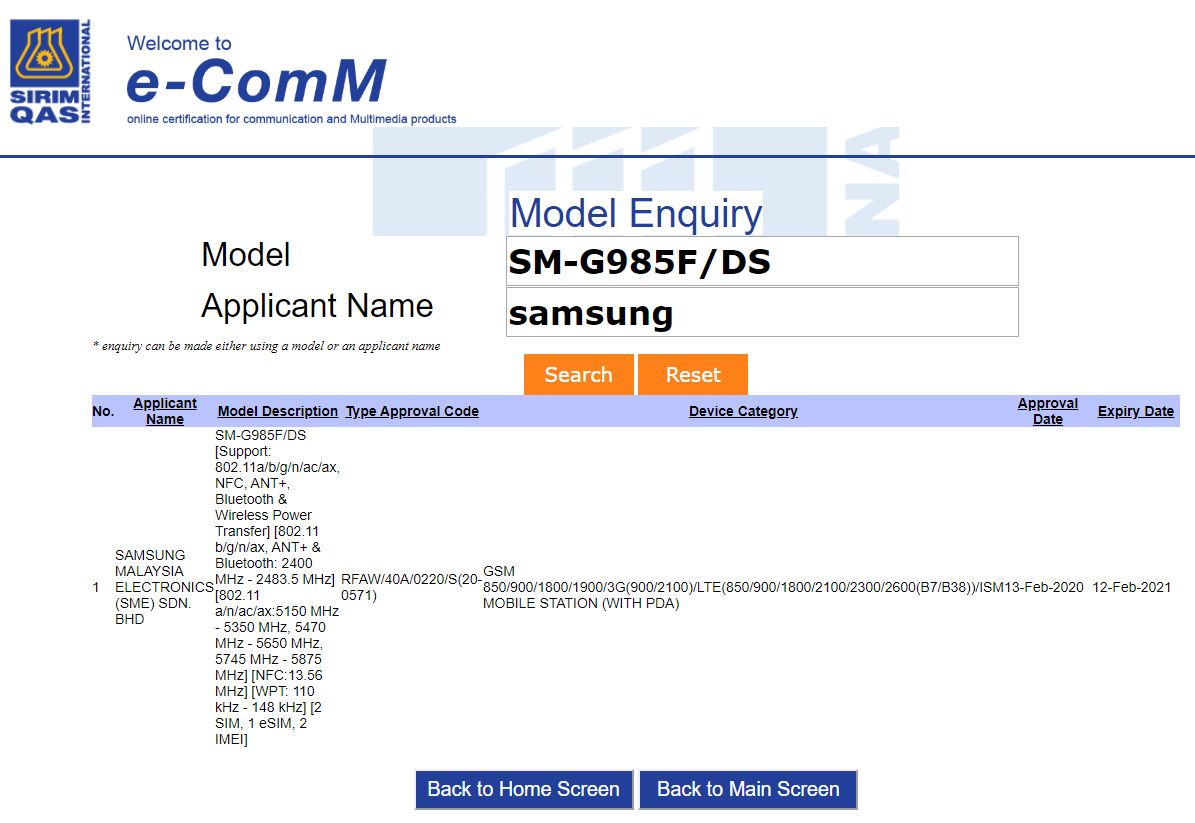The Samsung Galaxy S20 was recently unveiled at a Galaxy Unpacked 2020 event in San Francisco and Samsung says it’s a “full 5G flagship” lineup. With 5G expected to roll out in more markets this year, it is a good move by the Korean smartphone maker to release more 5G devices. However, for Malaysia, not all models support 5G.
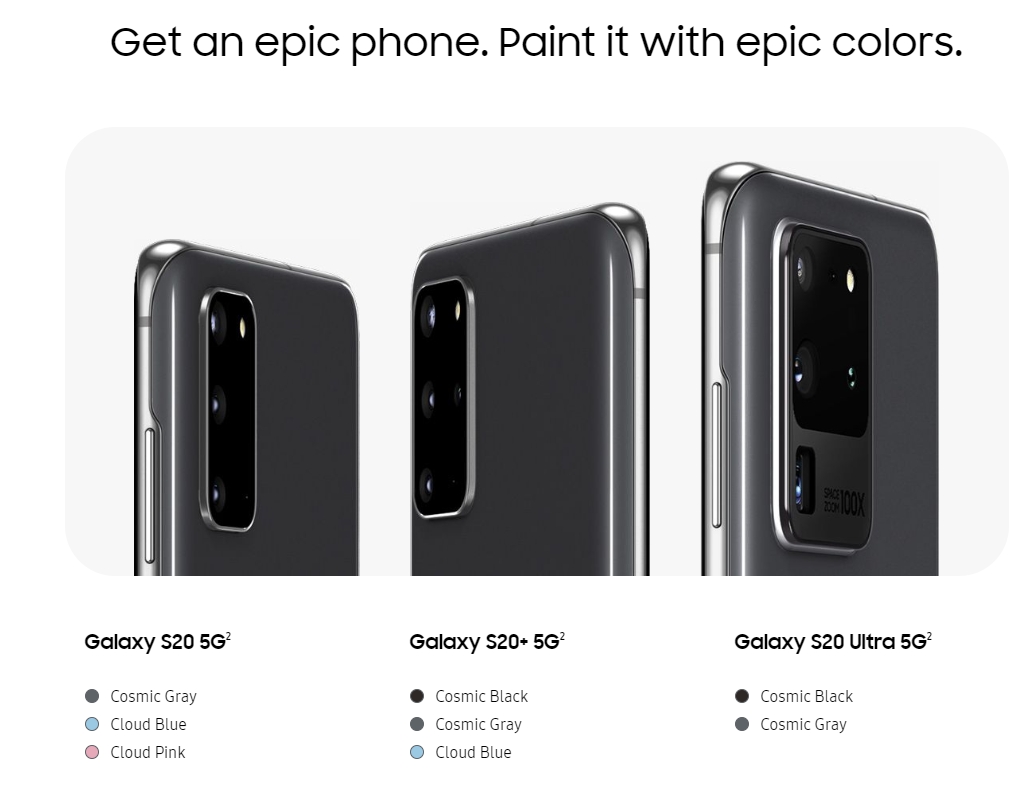
In the US, all three models are offered with 5G and they are getting the Galaxy S20 5G, S20+ 5G and S20 Ultra 5G. For the Malaysian market, the only 5G enabled smartphone that’s offered by Samsung is the Galaxy S20 Ultra 5G. In Malaysia, the designated 5G bands are 700MHz, 3500MHz, 26GHz and 28GHz. The more affordable Galaxy 20 and S20+ are only offered as LTE models.
Galaxy S20 and S20+ LTE for Malaysia

According to Samsung’s official spec-sheet, the 5G variants will come with 12GB of RAM for both S20 and S20+. Since Malaysia is having the 4G LTE version, our S20 and S20+ units come with just 8GB of RAM and 128GB of storage.
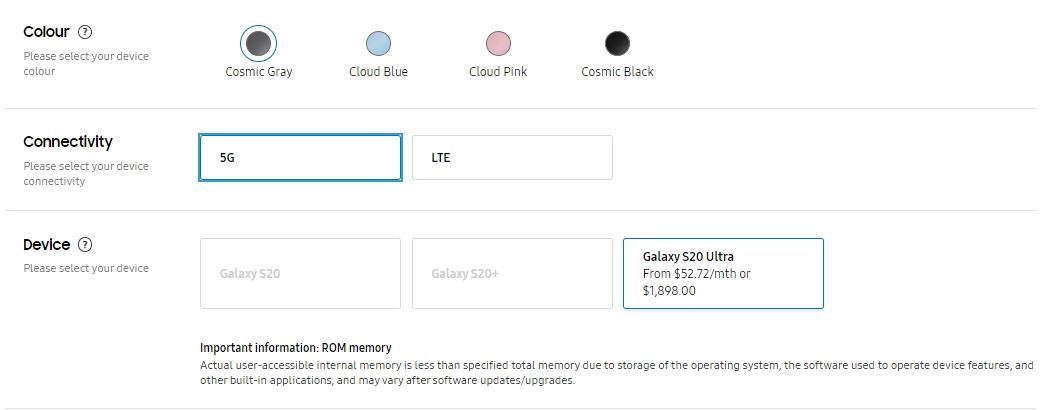
This is the same situation in Singapore where they are only offering 5G for the S20 Ultra.
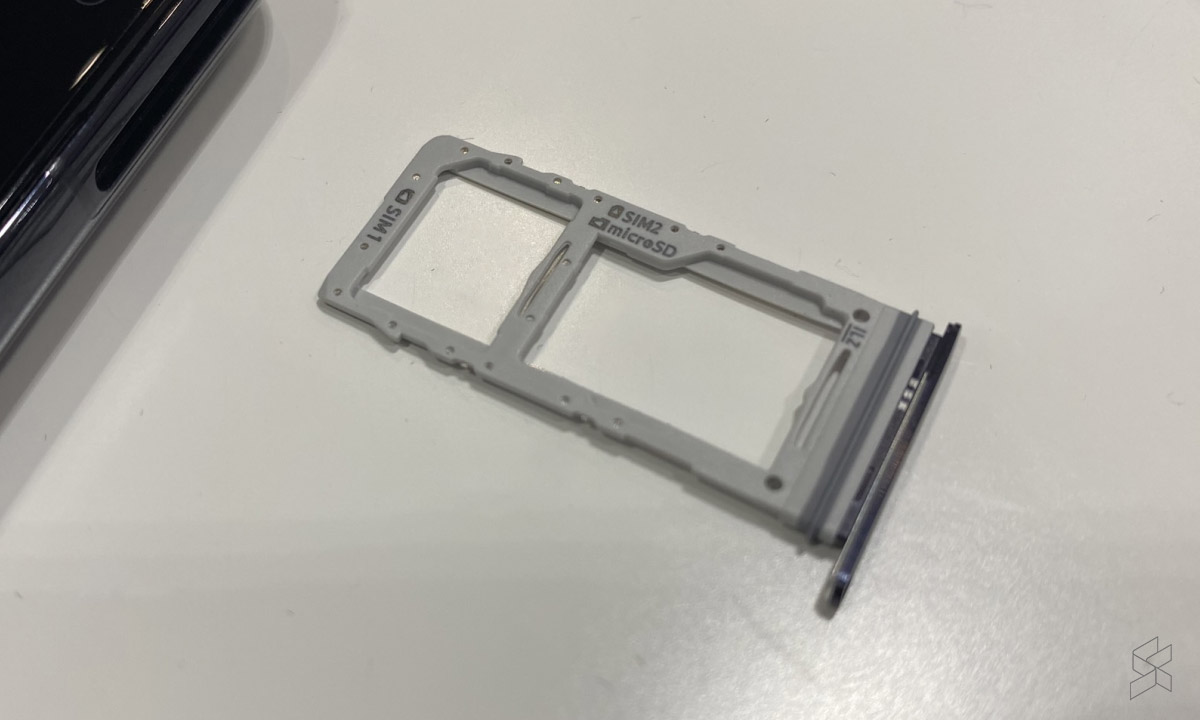
It is also worth pointing out that all three Samsung Galaxy S20 models come with dual-SIM support and if 128GB isn’t enough, you can still expand your storage further by adding a microSD card into the hybrid slot. This is a nice feature for power users since the microSD card option is getting very rare on newer flagship devices. However, we still think that Samsung should have provided a larger storage option for the Ultra model.
eSIM Support
The Galaxy S20+ has passed our SIRIM certification that carries the product code SM-G985F/DS. As shown above, there are no 5G bands certified and what’s interesting is that there’s an eSIM support. This will enable you to connect to a mobile network without requiring a physical SIM and this is the same case with the Samsung Galaxy Fold.
However, at the moment, we don’t see any telcos offering eSIM specifically for the Galaxy S20. But since it has a dual-SIM slot, it isn’t really a big deal compared to the latest iPhone models which require it to enable dual-SIM. Malaysian units are shipped only with a single physical SIM slot and it needs the eSIM to enable the secondary line.
Thanks @KevinNgTK for the tip!

